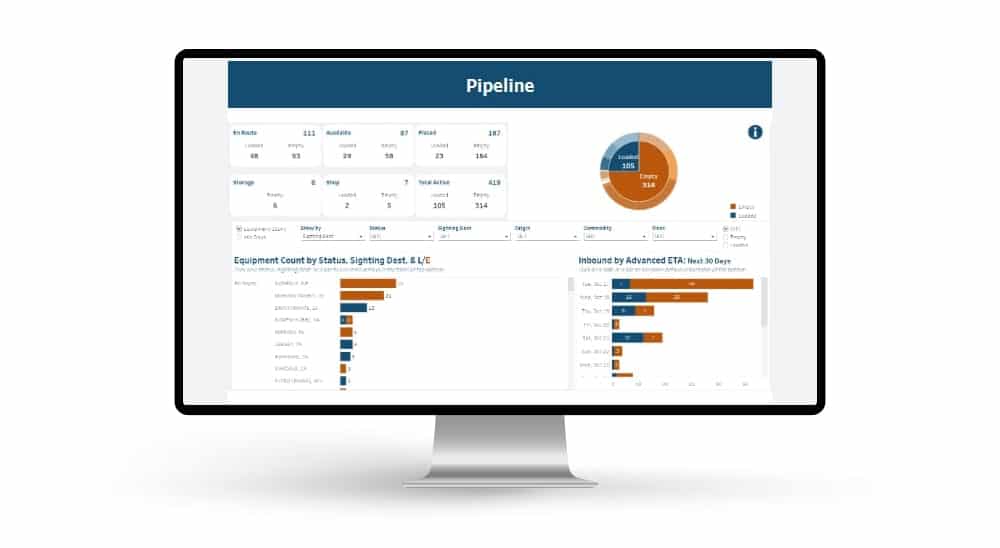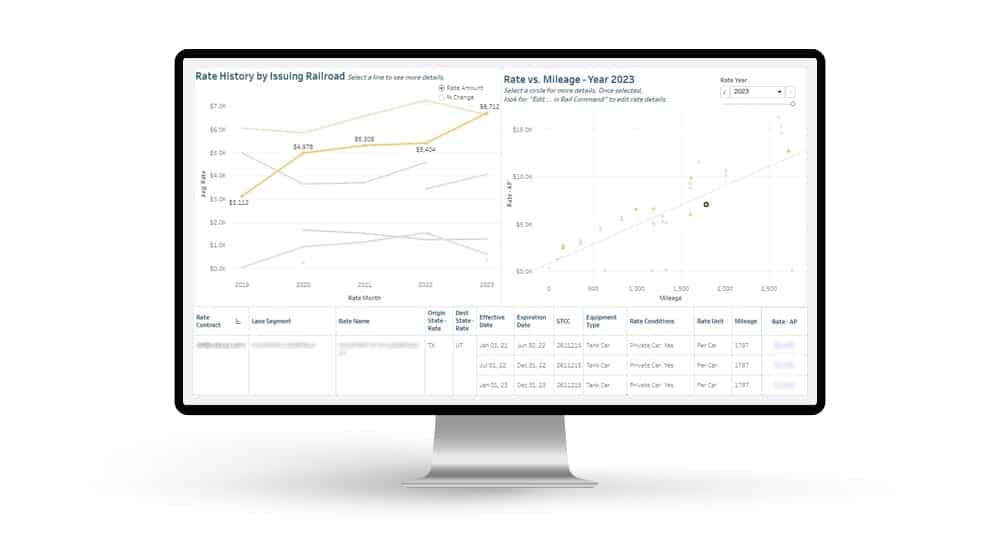Railroads will tell you they “price to the market.” But whose market is it, yours or theirs? How many times have you questioned the reasonableness of a rate? How do you currently compare the rate for one lane to the rate in another? In this blog post, we’ve provided some strategies for making these comparisons …
Tag: homepage
Strategies to Reduce Demurrage
No one likes to pay demurrage and storage charges. For some shippers, demurrage charges are merely a nuisance. For others, demurrage is a seven-figure annual expense. Many of our clients have found it to be a cost that can be reduced or eliminated with the proper focus and attention. This article offers a number of …
5 Tips for Effectively Negotiating Rail Freight Rates
Understanding how the railroads price your commodity is a starting point for determining your ability to negotiate rail freight rates. Railroad pricing has been cyclical over the years, fluctuating between public tariffs and private contracts. With the use of differential pricing, the railroads may provide different rates to different shippers in similar lanes. Regardless of …
STB Proposed Rule Changes – Rail Service Metrics, Cost of Capital
STB staying true to their promise of proactive action On September 30th, the Surface Transportation Board (STB) released proposals for modifying the reporting of rail service data and the methodology for calculating the rail industry’s cost of capital. Proposed Change #1 – Cars Held Reporting for Chemicals & Plastics One of the service data …
Railcar Tracking Metrics for Shippers
Logistics managers are tasked with realizing more throughput from existing assets, and rationalizing private fleets and other fixed cost. As the saying goes, you can’t manage what you don’t measure. Rail shippers require specific information to effectively manage their day-to-day shipping and for long term planning and decision-making. Small rail shippers usually start out manually creating reports …
Tracking Railroad Performance Metrics
Have you checked out RSI’s Railroad Performance Metrics? Monitoring railroad tracking performance data of delays by railroad allows you to see and anticipate where your transit times may be affected. Here’s a recap of what the railcar tracking data has been showing in recent months: Total volume was up in March and the YTD volume …
How Closely Should You Track Your Railcar Shipments?
How closely you monitor your rail shipment tracking can be related to several factors – the characteristics of the supply chain you are in, product perishability and value, and the cost of assets. Depending on the terms with your customers, you may not care what happens once shipments leave your dock. Finally, it may just be a …

 Automated exception reporting of the railcar tracking data makes it easy to identify and troubleshoot jeopardized shipments, thereby enabling you to provide better service to your stakeholders.
Automated exception reporting of the railcar tracking data makes it easy to identify and troubleshoot jeopardized shipments, thereby enabling you to provide better service to your stakeholders. Receive notification of pending rate expirations. Tariff changes and fuel surcharges can be automatically updated.
Receive notification of pending rate expirations. Tariff changes and fuel surcharges can be automatically updated.